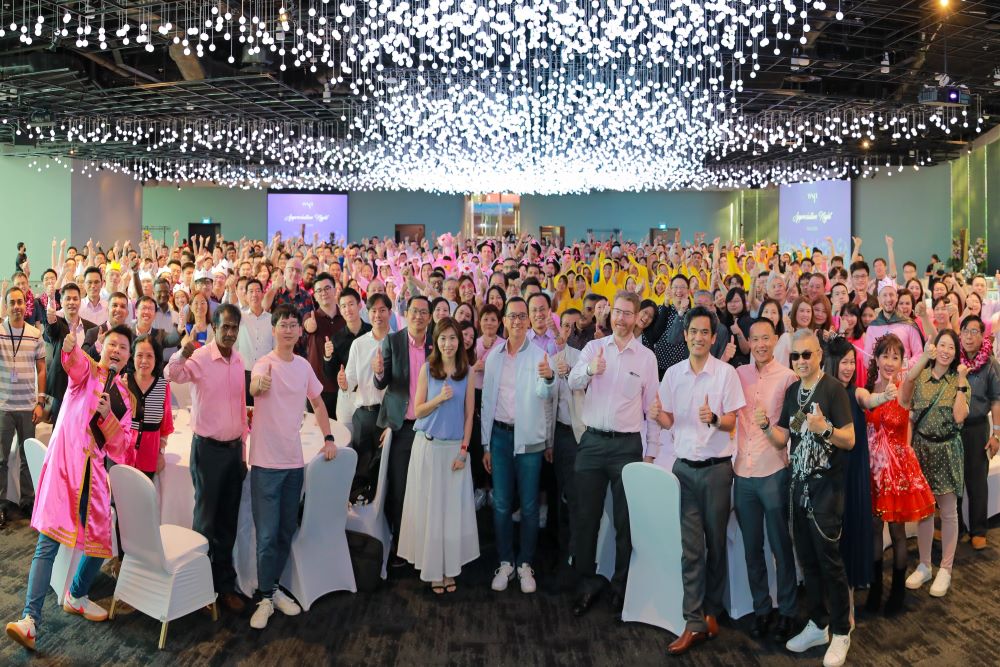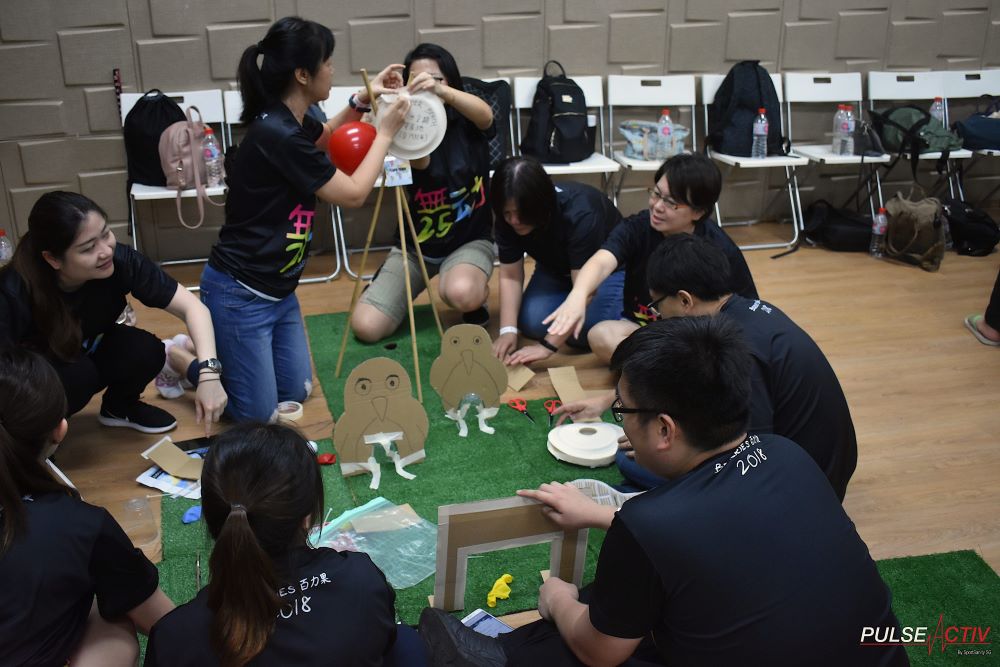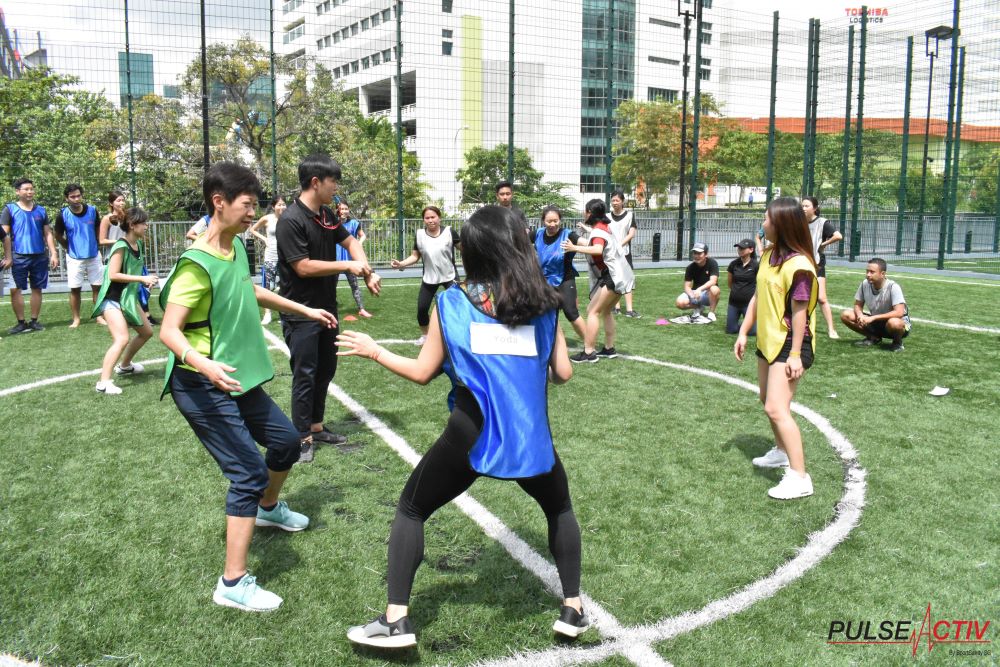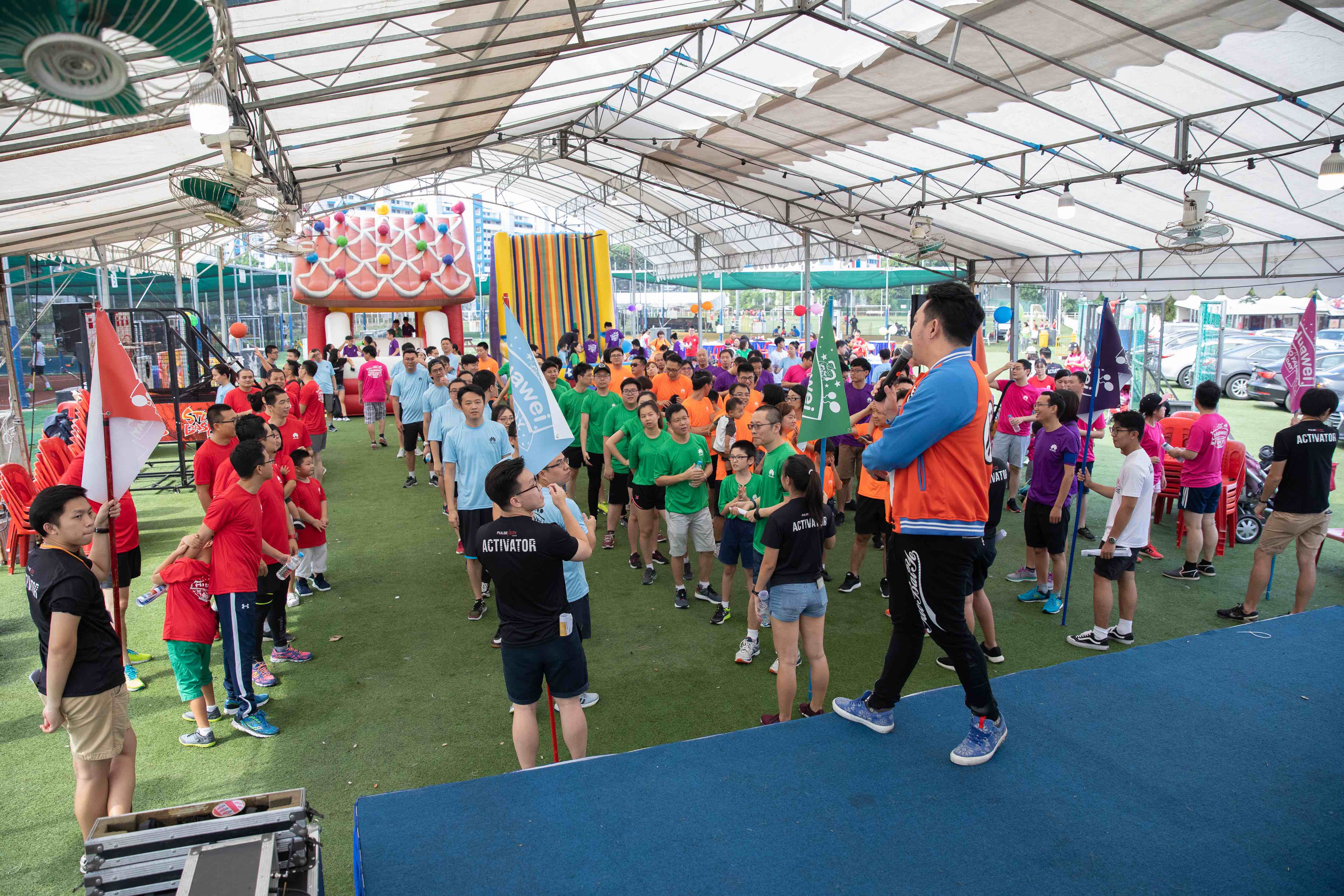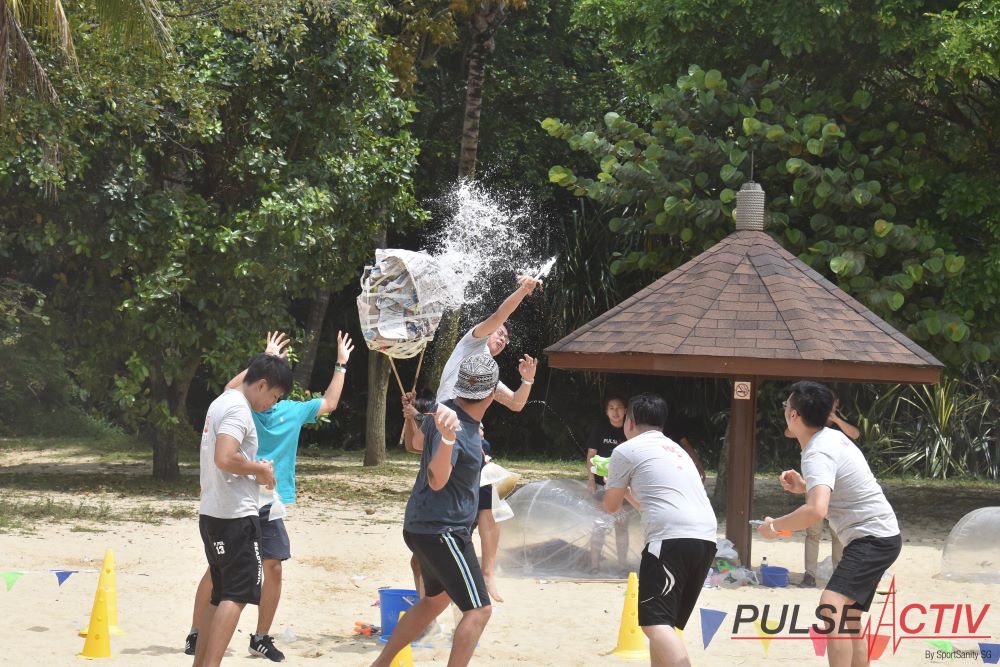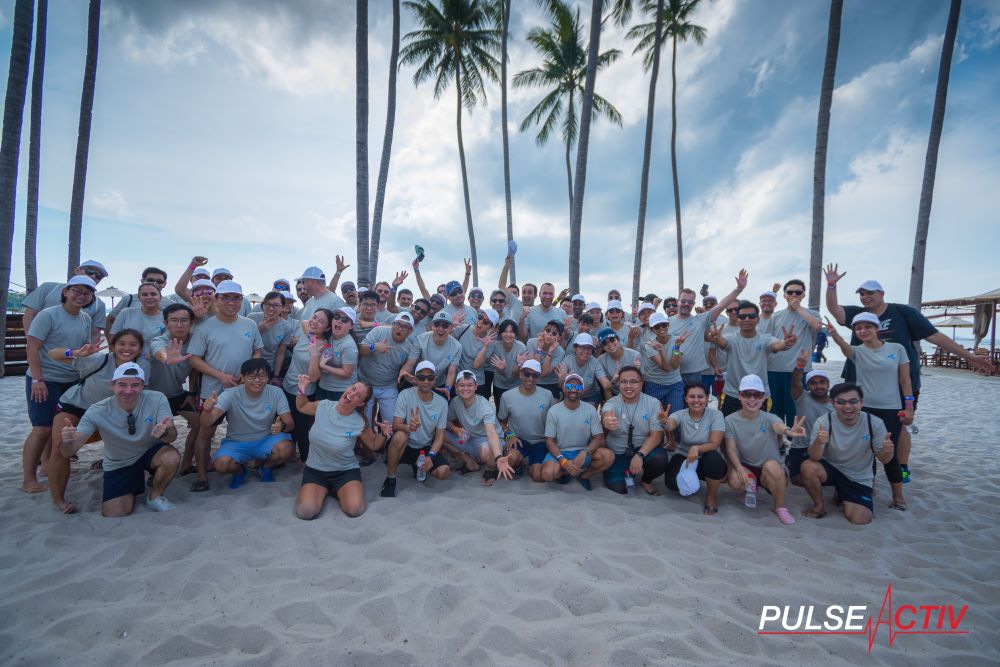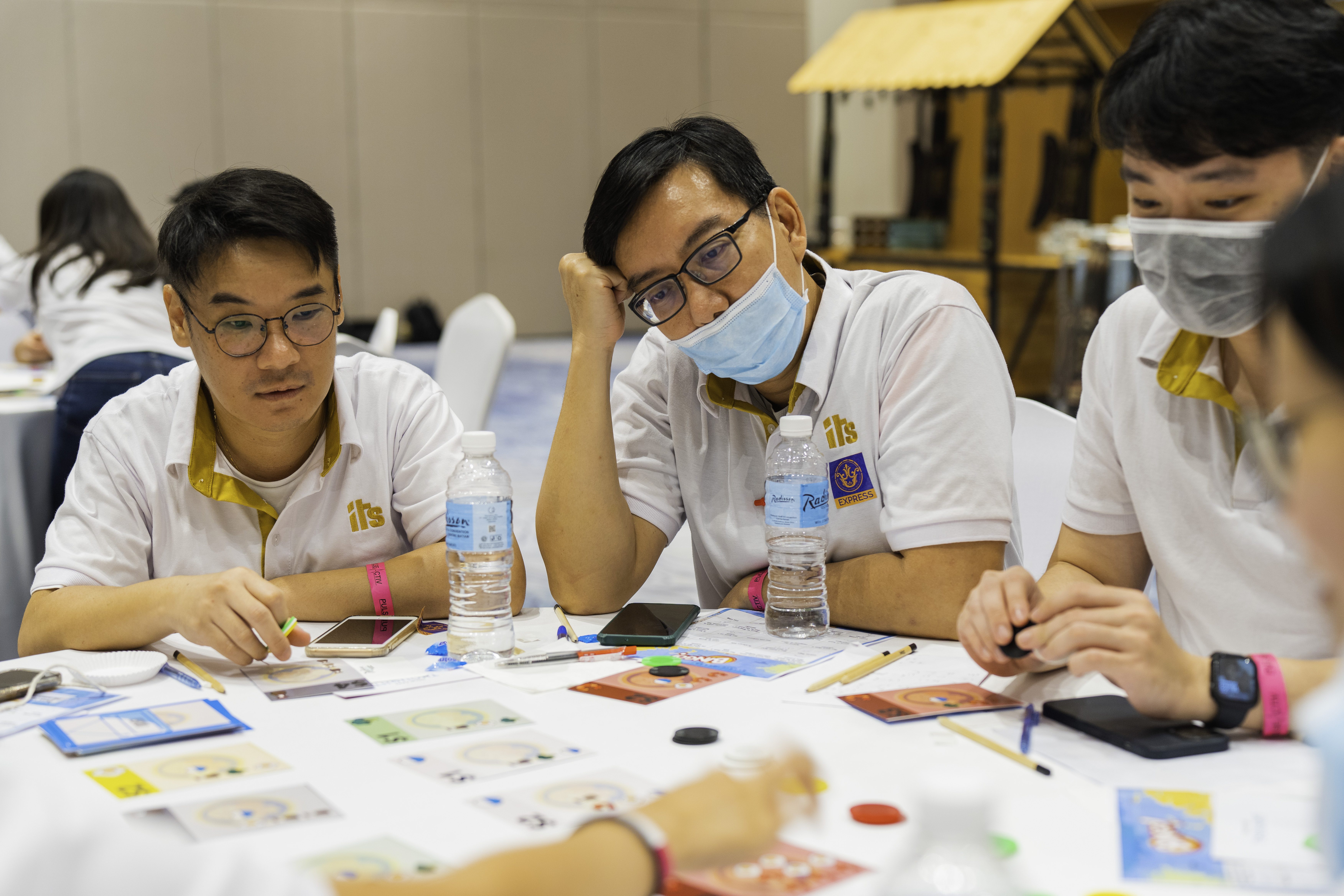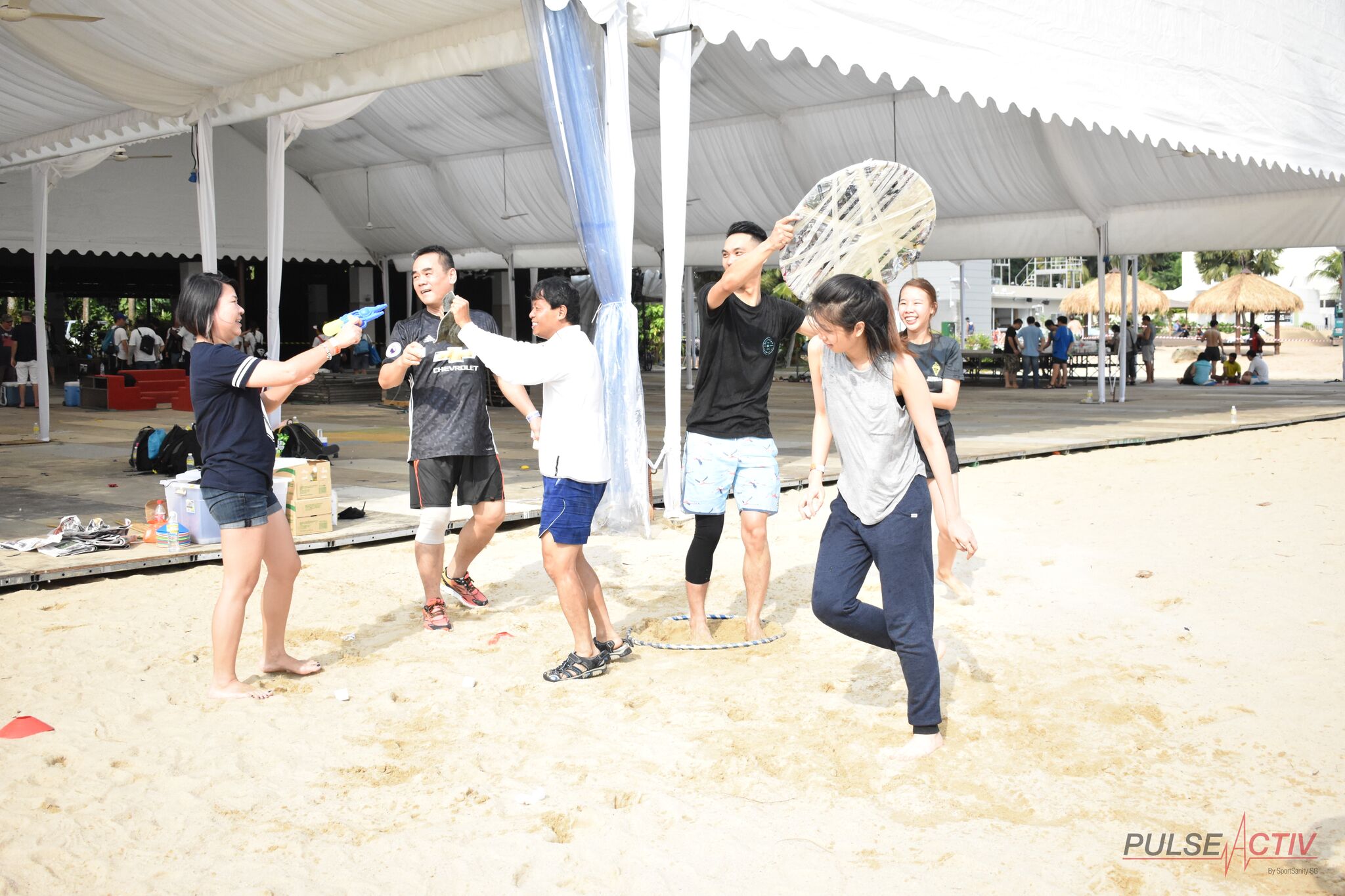Decorating with Style: Tips for Stunning Event Decor at Your Dinner
Hosting a dinner event is an exciting opportunity to showcase your creativity and hospitality. One of the key elements that can make your dinner truly memorable is the decor. With thoughtful planning and a few stylistic touches, you can transform any space into a stunning setting that will leave your guests in awe. Here are some tips to help you decorate with style and create a captivating ambiance for your dinner event.
1. Choose a Theme
Why Themes Matter
A well-chosen theme can provide a cohesive look and feel to your event, tying all the decor elements together. It sets the tone and helps you make decisions about colors, table settings, and decorations.
Popular Themes
Consider popular themes like rustic chic, modern elegance, vintage glamour, or seasonal themes such as a winter wonderland or summer garden. Your theme should reflect the occasion and your personal style.
Implementation Tips
Once you’ve selected a theme, carry it through all aspects of your decor. For example, a rustic chic theme might include wooden table settings, mason jar centerpieces, and natural fabrics like burlap and linen.
2. Color Scheme
Choosing the Right Colors
Your color scheme should complement your theme and create the desired mood. Soft pastels can create a romantic atmosphere, while bold colors can add a sense of drama and excitement.
Color Coordination
Coordinate your color scheme across all decor elements, including table linens, napkins, flowers, and even the food presentation. This creates a harmonious look and enhances the overall aesthetic of your event.
Accent Colors
Don’t be afraid to use accent colors to add interest and depth. For instance, gold or silver accents can add a touch of luxury, while pops of vibrant color can make the decor more lively and engaging.
3. Table Settings
Elegant Tableware
Invest in elegant tableware that complements your theme. Fine china, polished silverware, and crystal glassware can elevate the dining experience and make your guests feel special.
Creative Napkin Folding
Napkin folding is a small detail that can have a big impact. Learn a few creative folding techniques that match your theme and impress your guests. For example, a lotus fold for a sophisticated look or a simple pocket fold for a modern feel.
Personal Touches
Add personal touches to your table settings, such as personalized name cards, menu cards, or small favors for each guest. These details show thoughtfulness and make your guests feel appreciated.
4. Centerpieces and Florals
Centerpiece Ideas
Centerpieces are the focal point of your table decor. Consider using flowers, candles, or a combination of both. For a rustic theme, you might use wooden crates filled with wildflowers, while a modern theme might feature sleek vases with single-stem flowers.
Seasonal Flowers
Choose flowers that are in season to ensure freshness and availability. Seasonal flowers also tend to be more cost-effective and can help reinforce your theme. For example, tulips in spring, sunflowers in summer, and poinsettias in winter.
Height and Balance
Pay attention to the height and balance of your centerpieces. They should be tall enough to be noticed but not so tall that they obstruct your guests’ view across the table. A mix of heights can add visual interest and dynamism to the table.
5. Lighting
Ambiance with Lighting
Lighting plays a crucial role in creating the right ambiance. Soft, warm lighting can create an intimate and cozy atmosphere, while brighter lighting can energize and invigorate the space.
Types of Lighting
Incorporate different types of lighting, such as string lights, fairy lights, candles, and lanterns. For an outdoor dinner, consider using torches or hanging lanterns to add a magical touch.
Highlighting Key Areas
Use lighting to highlight key areas such as the dining table, food stations, and any decorative features. This draws attention to these areas and enhances their visual appeal.
6. Textures and Fabrics
Layering Textures
Layering different textures and fabrics can add depth and richness to your decor. Mix materials like silk, velvet, and linen to create a tactile and visually appealing environment.
Table Linens
Choose table linens that complement your theme and color scheme. Consider using table runners, placemats, and cloth napkins to add layers and interest to your table setting.
Comfort and Style
Ensure that your fabrics not only look good but also feel good. Comfortable seating and soft fabrics can make your guests feel more relaxed and enhance their overall experience.
7. Decorative Accents
Statement Pieces
Incorporate statement pieces that draw attention and add personality to your decor. This could be a large floral arrangement, an ornate chandelier, or a unique piece of artwork.
Subtle Details
Don’t overlook the small, subtle details that can make a big difference. Elements like decorative chargers, elegant place card holders, and coordinated coasters can tie everything together.
DIY Decorations
Consider adding some DIY decorations for a personal touch. Handmade items like custom candles, painted vases, or crafted centerpieces can add uniqueness and charm to your decor.
Conclusion
Decorating with style for your dinner event involves thoughtful planning and attention to detail. By choosing a cohesive theme, coordinating colors, creating elegant table settings, incorporating beautiful centerpieces, and using the right lighting, you can transform your event into a stunning and memorable experience. Remember to add personal touches and pay attention to textures and subtle details to create an ambiance that reflects your style and makes your guests feel special. With these tips, your dinner event is sure to be a resounding success.
To head back to read another article in our blog, click here.
